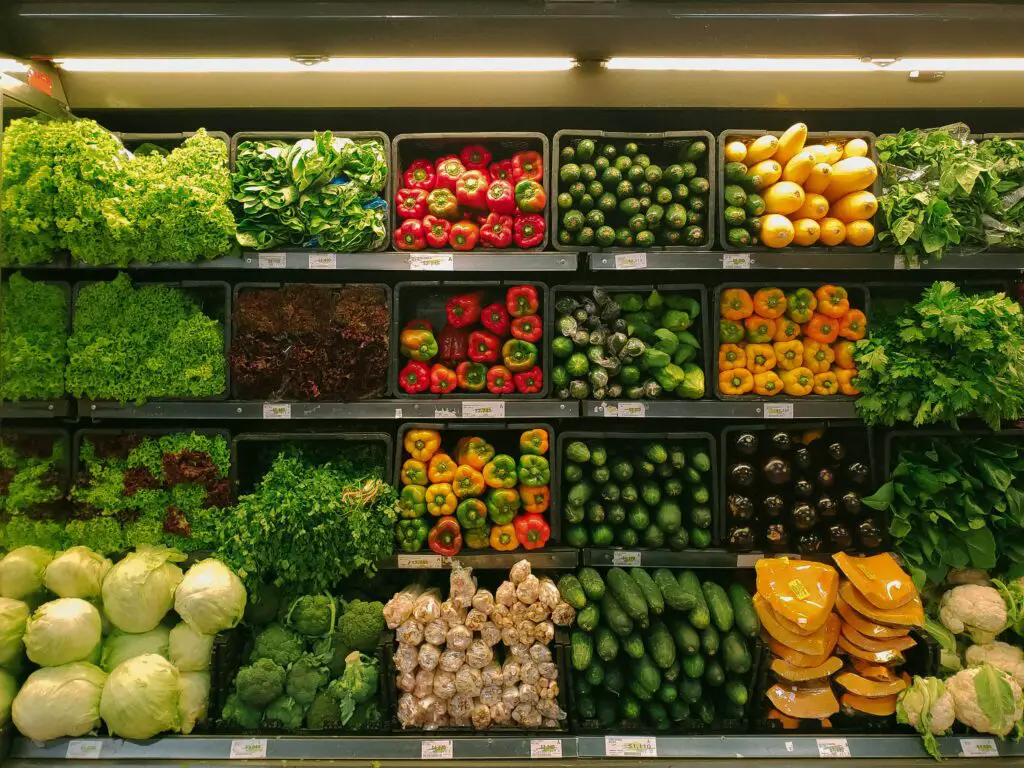There is a specific difference between organic and non-organic foods in terms of ingredients and so in their cost. The difference in prices is mainly due to the quality of products. The one with better quality is expensive while the other is a relatively lower price. There have been various surveys conducted that show that organic food is comparatively more expensive than non-organic because organic food has to go through several quality steps to make it organic. A few products are being sold at low costs as well depending on their type and transportation. Let’s know more about cost difference between organic and non-organic food.

Organic Foods:
Food that does not contain any chemicals is used for quicker growth. Organic foods are passed through high-quality tests to make them safe to use and hygienic. In different countries, there are strict measures by governments to ensure the safe process.
Non-organic foods:
These are those foods that rely on artificial substances for quick growth. These foods are considered non-hygienic as there are no particular safety rules for these products. There have been no proven facts about non-organic foods bringing unhealthy consequences but they are still questioned for their safety.
Prices Comparison:
Organic foods and non-organic foods differ in prices because they are subjected to different growth processes. The sources used in organic and non-organic foods are also usually different. It has been seen that most of the time the prices of organic foods are higher than non-organic foods. It is very often that the prices of both individuals are the same.
Factors corresponding to the high price of Organic foods:
- The consumption of organic food is quite less which is why there are fewer stores where one can find these items.
- Organic foods are supervised by government rules which increase their overall cost.
- As the consumption of organic foods is lower there are quite a few farmers who are working on the growth of organic foods.
- The organic farms are built on a small scale hence the production rate is lower.
- Another factor contributing to high costs is the certification requirement. To register their products as organic, the farmers are supposed to pay a price to get the certification. The price of certification is estimated to be around $1500.
Examples of food prices:
- The organic foods that are quite expensive and considered non-organic foods are Yogurt, Cheese, and canned tomatoes.
- On the other hand, a few non-organic foods that are costlier than organic foods are Brown Rice and oatmeal.
The difference in Prices:
To illustrate the differences between prices let’s take a look at the following examples.
- Carrots:
The price of non-organic ones is $0.71 per pound whereas the organic version costs $1.5 per pound. Hence the difference between the two is somewhere around $0.8.
- Yogurt:
The non-organic yogurt costs $0.06 per ounce and for the organic one, it is $0.13. We can see there is quite a difference between the two making organic expensive.
- Oatmeal:
There is a difference in the trend of prices as for oatmeal and brown bread, the non-organic is costlier. Organic costs $0.16 while non-organic costs $0.17.
- Brown Bread:
Organic costs $0.09 per ounce while non-organic is $0.10 per ounce.
Non-certified organic foods:
The non-certified organic foods are considered equally hygienic and safe to use. The farmers do not pay for certification. These products are sold locally or directly to the customers. The prices at which they are sold differ from region to region. In some places, they are sold at higher prices than their non-organic versions, mainly in developed countries. And at some places, they are sold at the same rate.
Conclusion:
The differences between the prices of organic and non-organic products have been highlighted briefly. It shows that several factors correspond to this price difference. Organic foods cost more because they have to meet certain specific requirements which is why they have to pass through various stages. The non-organic food at some places turns out to be a little more expensive. Although both types of foods are considered good to eat, organic foods are healthier as they do not use any artificial methods in their processing.
Frequently Asked Questions-
- Is organic food worth the cost it is charging?
Consuming organic food means that one knows where the food is coming from and what it is made up of. So from a health point of view, it is indeed worth it.
- What is the percentage difference between the cost of organic and non-organic?
It has been estimated that there is a difference of around 10-20%. Organic foods have higher costs by this given margin.
- Can we get organic foods at a lower cost through any means?
To do pocket-friendly shopping for organic groceries, consider buying from weekly sales or deals being offered.

